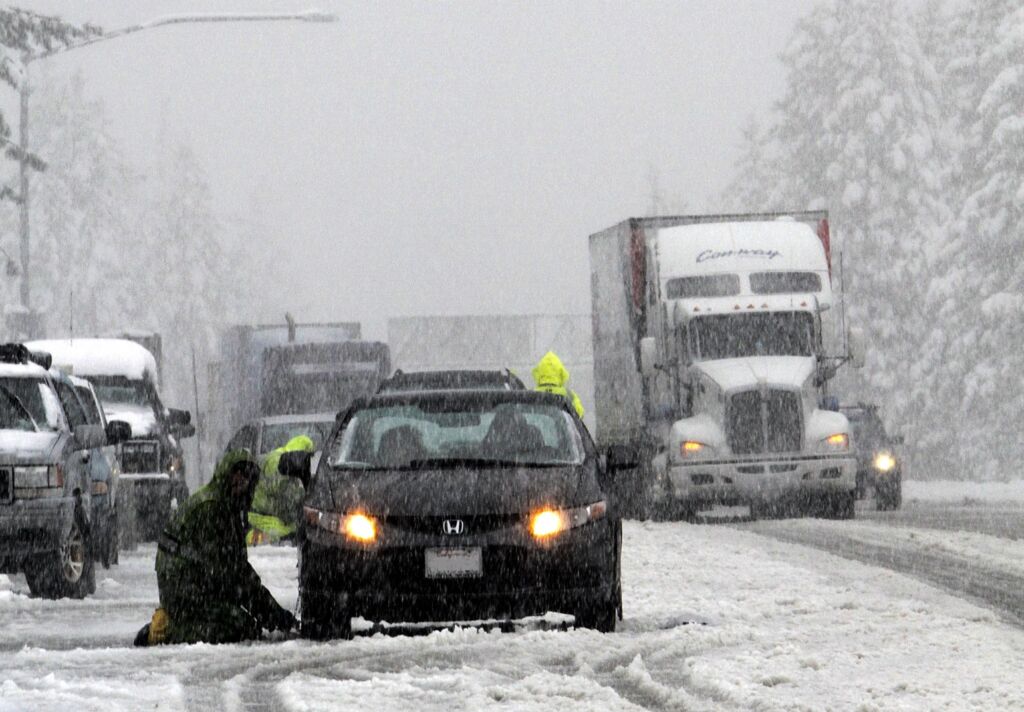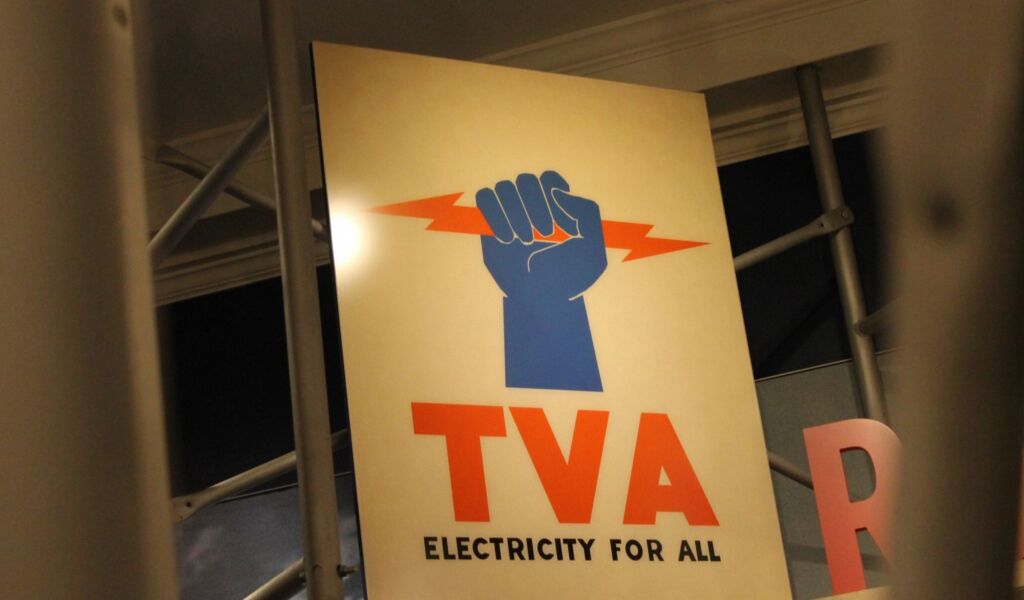Biden’s transmission fetish won’t save the grid
The following article was written by Emmet Penney and it appeared in The Kernal:
In April, the Department of Energy announced the availability of $8.25 billion in loans for electrical transmission projects. Advertised as the fulfillment of Biden’s Build Back Better agenda, the hope for the project is to create jobs and to strengthen America’s most precious piece of infrastructure: the electricity grid.
The time is ripe for such a project. As Gina McCarthy, former President and Chief Executive Officer of the Natural Resources Defense Council and now first-ever Climate Advisor to the President, put it, “After the Texas transmission debacle this winter, no one can doubt the need to invest in our electric grid. The steps that the Departments of Energy and Transportation are taking today, when combined with the grid investments outlined in the American Jobs Plan, will turbocharge the building of major new electricity transmission lines that will generate new jobs and power our economy for years to come.”
McCarthy’s correct that the transmission goals fit neatly with Biden’s jobs plan. And it pairs well with the Democrats’ commitment to building out renewable energy. Solar and especially wind are built far from the populations who need their energy, so more transmission is required to service consumers. Transmission should also alleviate the intermittency problem: if the wind isn’t blowing and the sun isn’t shining where you are, then electricity can be sent from where turbines spin and panels bask in sunlight.
McCarthy was clever to bring up Texas: the conventional wisdom tells us that if Texas had been able to import energy more easily from its neighbors, its blackouts would have never happened. While natural gas and nuclear faced their own problems during the February cold snap, renewables fared the worst. Due to their intermittency, it’s as if one-fifth of the Texas grid switched off when it was most needed. At their lowest points in the crisis, wind produced 2% and solar produced 0% of their rated capacity. Greater transmission would have meant more imports, which might have made up for Texas’s shortfalls.

There’s only one problem: Texas’s neighbors were also hit by the cold-snap, whose effects stretched from Canada to Corpus Christi. Even without the cold-snap, winter’s shorter days meant solar had even less to offer. Moreover, the wind wasn’t blowing anywhere between Houston and Haverhill, Massachusetts at crucial moments in the crisis. In other words, transmission couldn’t save Texas because it was trapped in what Meredith Angwin calls the “fatal trifecta”: overreliance on 1) intermittent renewables; 2) just-in-time natural gas; and 3) electricity imports. So why are Gina McCarthy and the Biden administration telling the nation and the world that the problem is the solution?
The reasons are ideological and political. McCarthy’s former employer, the NRDC, owes its vision of the future to environmentalists who cut their teeth during the 1970s energy crisis. Amory Lovins, one of the movement’s biggest figures, thought energy generation itself was a problem that could be fixed by making things more efficient. In 1976, he wrote the seminal “Energy Strategy: The Road Not Taken?” where he argued against the “hard path” of centralized production of energy. Instead, he offered a decentralized “soft path” based on energy efficiency. In fact, thinkers like Lovins feared nuclear energy and preferred “natural” energy sources like wind and solar because they generate less energy. For Lovins and his ilk, wind and solar’s intermittency is a virtue, hence their boosterism of transmission. If you can move the electricity around efficiently it will make up for the unreliability.
The political reasoning is simpler. As the environmental movement has grown, a patronage network between renewables and the Democrats has grown with it — the Biden administration is floating the idea of sourcing 40% of our power from solar by 2035, after all. On top of that, the environmental movement’s success has made it so that Democratic voters equate climate solutions with renewable technology. So the Democrats are in a bind: they have to deliver on their promises to voters and industry allies, but to do so means squeezing efficiency out of low output sources like wind and solar. Transmission build-outs are how they mean to do that, but transmission solutions can’t solve supply problems (as in Texas) because efficiency isn’t generation.
If we look northeast from the Lone Star state towards Knoxville, we see a different story. Tennessee faced the same crisis as Texas but weathered it well. Why? In part because of the Tennessee Valley Authority, which has only 3% of its generation from renewables. Instead, the TVA gets over 70% of its clean energy from nuclear, which is 39% of its energy portfolio overall. The TVA didn’t have to rely on transmission or efficiency schemes to handle a crisis. In Tennessee, the grid proved resilient — and that’s in large part thanks to nuclear.

The Biden administration isn’t wrong to focus on weather and grid resiliency. Responding to climate change requires state action and the grid, which underpins nearly every aspect of our lives, needs to be stewarded for us and for posterity. But they’ve inherited a bad ideology that has permeated their leadership.
The NRDC still pushes for the closure of the Diablo Canyon nuclear plant in California, just as it did under McCarthy’s tenure. Once she left, the group helped force the closure of the Indian Point nuclear plant in New York — emissions rose and now the New York grid is more fragile. Transmission can’t fix grid fragility alone.
There’s nothing wrong with a robust transmission system. But selling transmission as a solution when it can’t solve the problem is irresponsible. We need reliable clean power generation and only nuclear power can fit the bill. It’s the most resilient, low-carbon, and robust source of energy we have.
We don’t need more false prophecies from the 70s, but we do need more nuclear — for a prosperous, abundant, and radiant tomorrow.